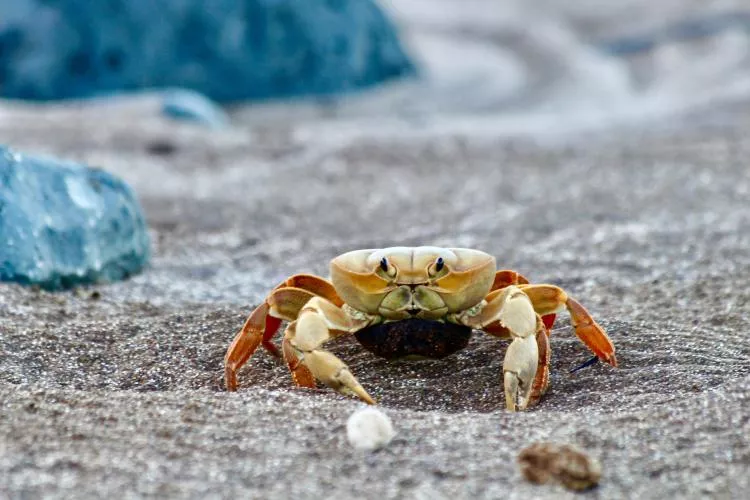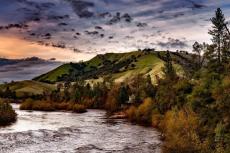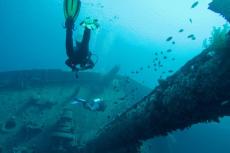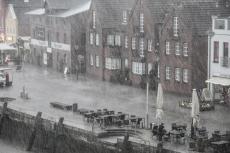Critical conservation areas identified for endangered land crab
Research pinpoints vital habitats for the survival of the crab species Johngarthia lagostoma on Trindade Island, off the eastern coast of Brazil.
Off Brazil's eastern coast, Trindade Island plays host to a unique yet endangered land crab species, Johngarthia lagostoma. A study published in the journal Marine Ecology mapped out key conservation areas crucial for the species' survival, shedding light on its natural history and underlining the urgency for targeted preservation efforts.
Reproductive journey
The study, supported by São Paulo's FAPESP and coordinated by Prof Marcelo Pinheiro from UNESP IB/CLP, describes the species’ mass migration that takes place from December to April. Every year, hundreds of these crabs travel from the island’s upland peaks down steep rocky trails to the beach to mate and subsequently release larvae in the ocean.
When the larvae develop into juveniles, guided by instinct, they make the reverse journey up the rocky trails to the peaks to find safe places to make their burrows. Upon maturity, like their parents, they will travel to the coastline to breed.
Significant points in the migratory route are Morro do Príncipe (the hill with the largest proportion of juveniles) and Praia dos Andradas (the beach with the most egg-bearing females and other adults). Both these places have now been identified as conservation priorities due to their role in the crabs' reproductive cycle.
“Although Trindade Island is part of a conservation unit and has so far been satisfactorily protected, special care is advisable to assure effective conservation,” said first author Márcio Camargo Araújo João from São Paulo State University, who had been granted a fellowship grant by FAPESP.
Conservation efforts
While the land crabs of Trindade Island thrive in the absence of competitors, their survival is jeopardised by environmental changes and human impact.
The research was undertaken over two breeding seasons and involved detailed nocturnal observations and measurements. As the crabs were endangered, the researchers did not capture any but released them after noting down their measurements and identifying their gender.
The discovery of a balanced gender ratio and a healthy juvenile population on Trindade is promising, but the study warns that continued monitoring is essential for long-term species vitality and informed conservation planning.
This pivotal study, which had been made possible through the financial support of CNPq, not only brings to light the Johngarthia lagostoma's intricate life cycle but also calls for immediate action to safeguard its critical habitats.
By identifying priority areas for conservation, it provides a blueprint for ensuring the survival of this unique crustacean in Brazil's rich but fragile island ecosystems.
























